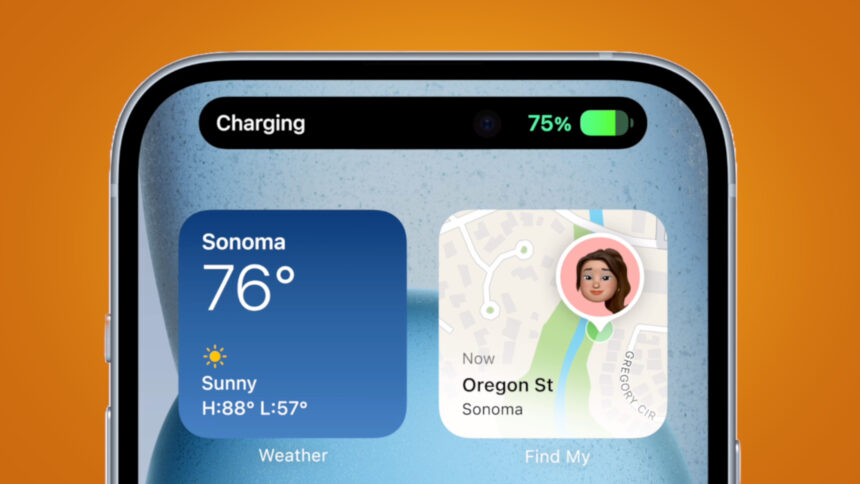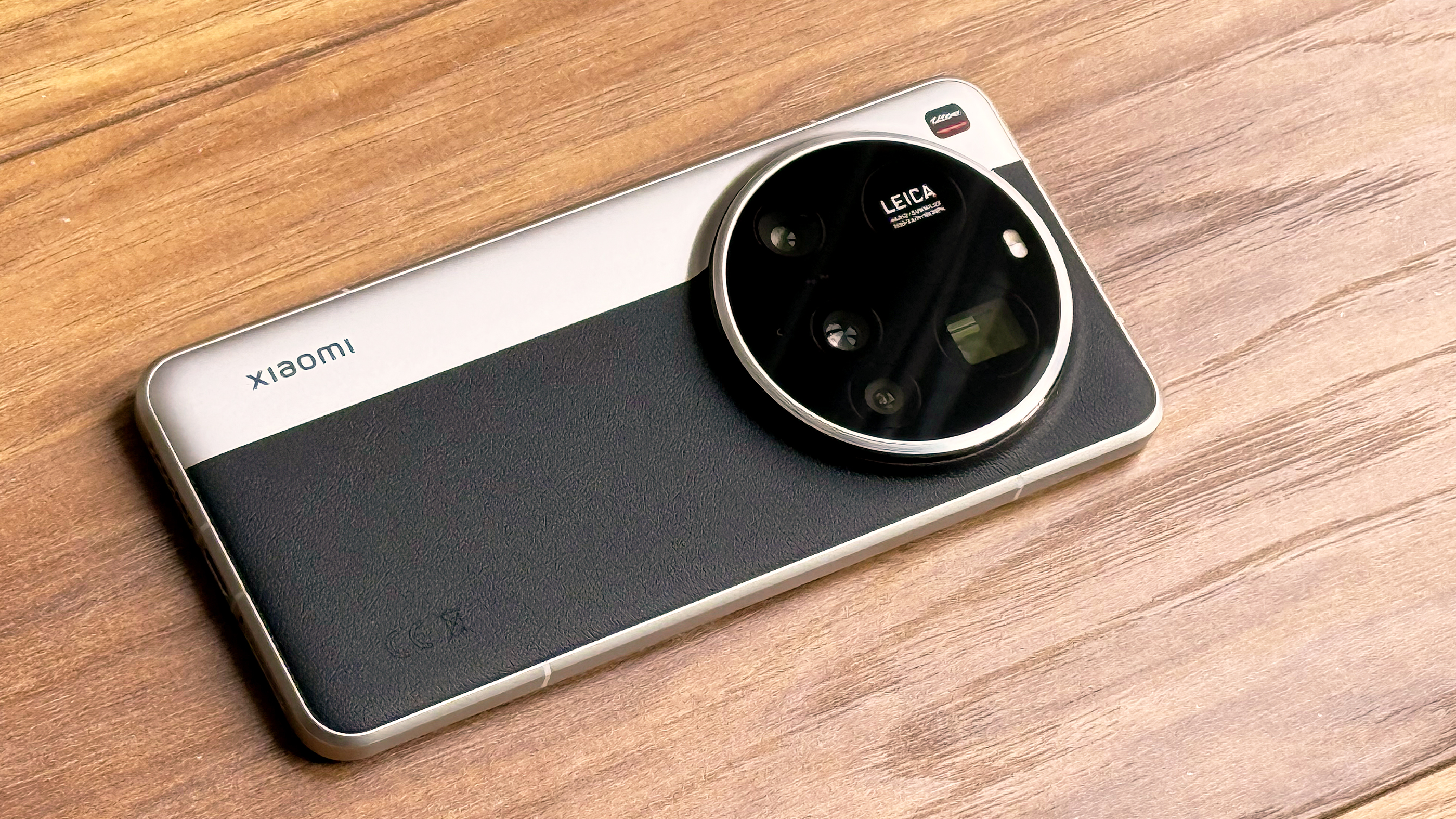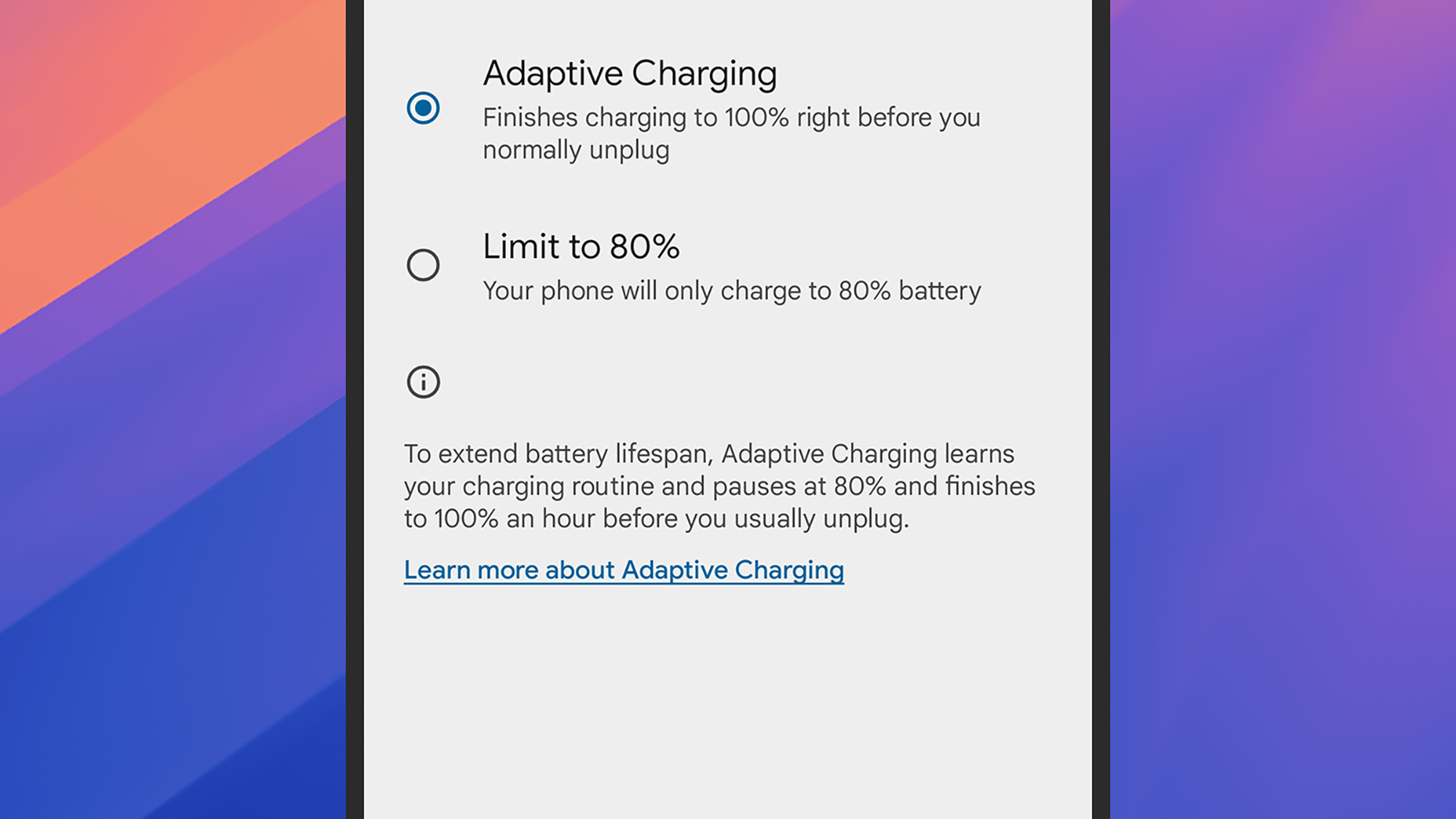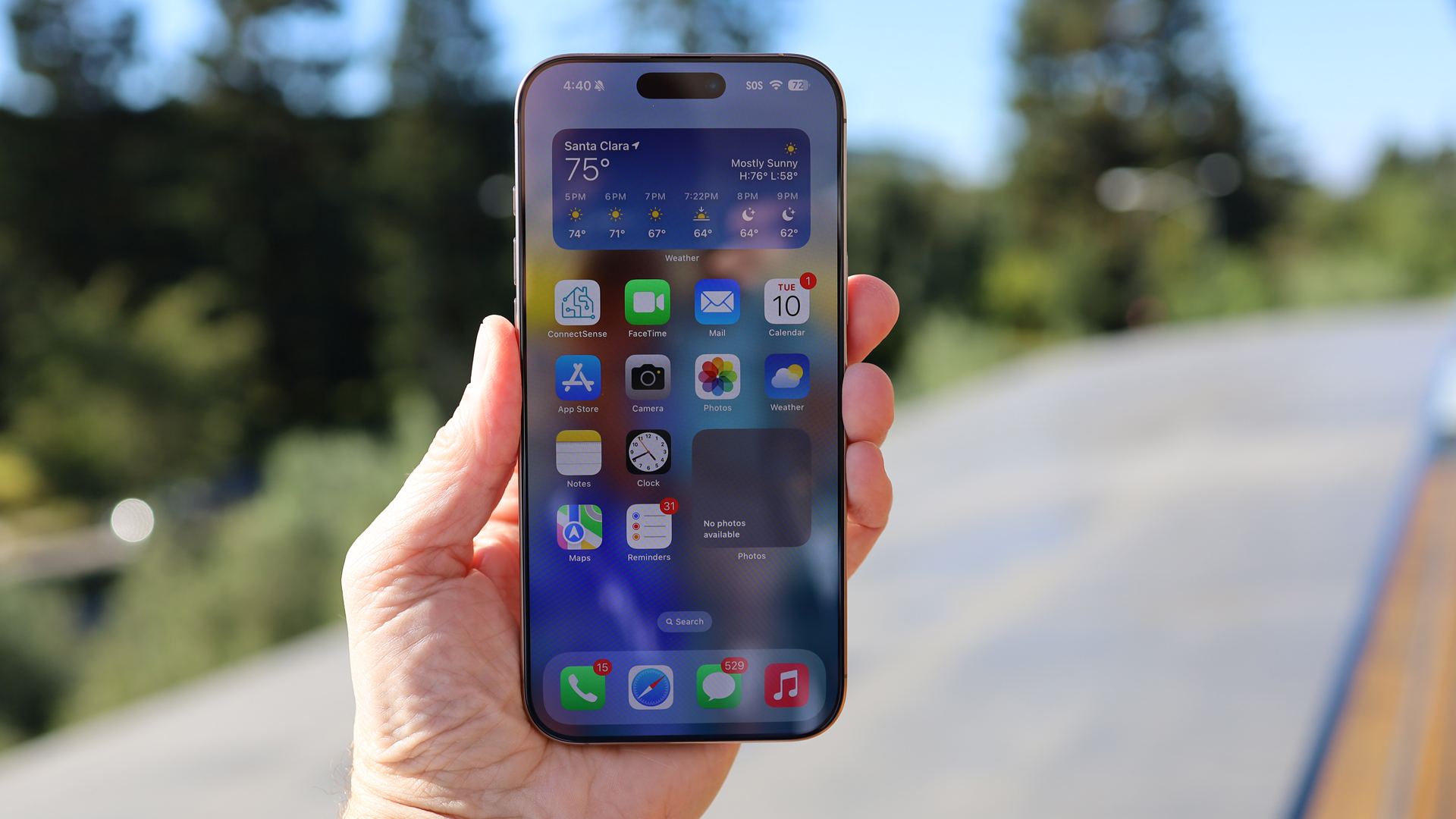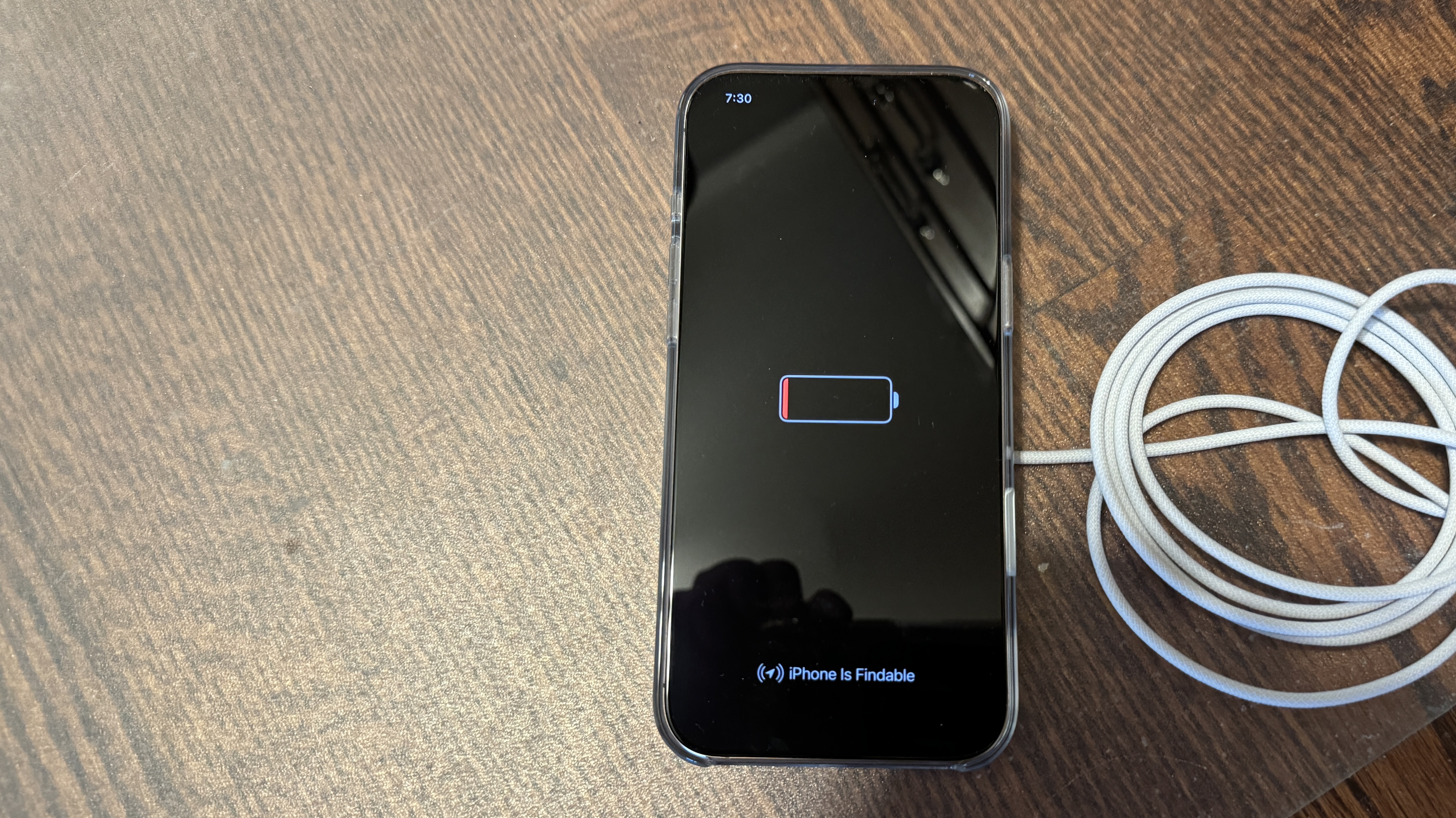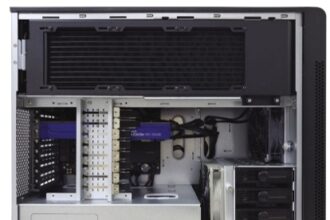Having recently transitioned to the iPhone 16 Pro Max, I’ve noticed a significant shift in my relationship with battery management. For the first time in years, I find myself no longer preoccupied with the frantic need to charge my phone.
No longer do I rush for a quick charge before stepping out the door or panic about battery life as the day winds down; the iPhone 16 Pro Max delivers dependable, all-day performance. This change in my usage habits has made me appreciate something profound: my concern for charging speeds has diminished, especially regarding fast charging capabilities.
This might seem counterintuitive in an era where brands flaunt impressive figures like 100W, 120W, or even 240W for fast charging. Yet, the top smartphones today exhibit such impressive efficiency that my focus has shifted toward battery longevity and health rather than the speed at which they recharge.
While fast charging is certainly valuable, my experiences with various smartphones over the years have shown that aspects like battery longevity, software optimization, and real-world usage endurance ultimately hold greater significance in daily life.
As you consider your smartphone options in 2025, prioritizing longevity over mere speed is likely the wiser choice, especially if you plan to keep your device for two or more years.
The Fast Charging Arms Race in Smartphones
It’s fascinating how we’ve become captivated by charging speeds.
In recent years, fast charging has emerged as a central theme among smartphone specifications. We’ve journeyed from a mere 30W being remarkable to mainstream devices now promising 100W, 120W, or even staggering 240W speeds – theoretically enabling a complete recharge in under ten minutes.
This surge in charging speeds has largely been driven by Chinese manufacturers, such as Xiaomi, Realme, and OnePlus, who view rapid charging as a key selling point. They bundle their devices with custom charging bricks and proprietary technology, all designed to showcase how swiftly you can transition from 0% to 100%.
For example, the Xiaomi 15 Ultra boasts 90W wired and 80W wireless charging capabilities, while the Realme GT5 Pro can achieve 100W speeds using its included charger. These specifications are not just footnotes; they’re the centerpiece of marketing efforts.
Initially, this trend made sense, especially since many of these phones excelled in performance but didn’t always offer lasting battery life. Fast charging became a well-received solution for those who found themselves unable to get through the day without a quick power-up.
However, this convenience comes at a cost.
Fast charging generates heat, a major factor in long-term battery wear, and ultra-rapid systems often utilize dual-cell battery configurations that tend to wear out faster under consistent high voltage.
Moreover, many of these fast charging setups are proprietary, which means you’re limited to specific chargers and cables to experience that full charging potential—an inconvenience when traveling or charging in various locations.
Valuing Longevity and Battery Health
After a few weeks with the iPhone 16 Pro Max, I’ve come to a realization: the ultimate battery experience is not one that prioritizes speed but instead one that operates seamlessly in the background.
This device easily lasts a day and a half, even during heavy usage, eliminating the need for mid-day charging. Such reliability redefines your approach to battery power.
These days, my focus has shifted toward endurance rather than charging speed.
The truth is that while fast charging is convenient, it can hinder battery performance over time. Studies indicate that rapid charging can elevate heat and voltage stress, which may diminish the overall lifespan of battery cycles.
In essence, a device that boasts ultra-fast charging may not necessarily age well.
This realization is driving more manufacturers to place an emphasis on battery health alongside sheer capacity. Apple’s Optimized Battery Charging feature helps extend battery longevity by capping the charge at 80% overnight, while Samsung’s Galaxy S25 Ultra features a similar Battery Protect mode designed to prolong battery life during overnight charging.
Even some Chinese manufacturers, like Oppo and Xiaomi, are innovating with battery health algorithms and AI charging methods that protect battery capacity over time.
Intelligent Software and Slower Recharging
Battery life now goes beyond mere capacity; it’s increasingly about how effectively a device uses power. This is where advancements in software and chip design have notably improved user experience—especially for iPhone users.
Both iOS and Android have made significant strides in power management. Features like adaptive charging, app standby, and AI-driven battery optimization allow devices to stretch a single charge much further, effortlessly.
The iPhone 16 Pro Max utilizes Apple’s A18 Pro chip not just for remarkable performance but also for power efficiency, creating a noticeable difference during everyday interactions.
Flagship Android phones, like the Galaxy S25 Ultra and OnePlus 13, are similarly optimized with Qualcomm’s Snapdragon 8 Elite, designed for efficiency and enabling extended screen time without a corresponding hit to battery life.
Habits: The Key to Smart Charging
I’m not dismissing the role of fast charging entirely; it’s still helpful when you’re pressed for time or forget to charge beforehand. However, in everyday usage, I’ve come to realize that charging speed isn’t as critical as it once was—largely due to the evolution of both technology and my own habits.
Modern smartphones are not only more enduring but also charge more intelligently. By utilizing features like Apple’s Optimized Charging or Samsung’s Battery Protect, you’re trading a bit of speed for the benefit of longer battery life.
Ultimately, it’s the manner and timings of charging that truly matter.
Maintaining your battery between 20% and 80%, steering clear of daily full cycles, and forgoing rapid charging when unnecessary all contribute to longevity.
If you’re charging overnight or passively throughout the day, the wattage becomes a secondary consideration.











